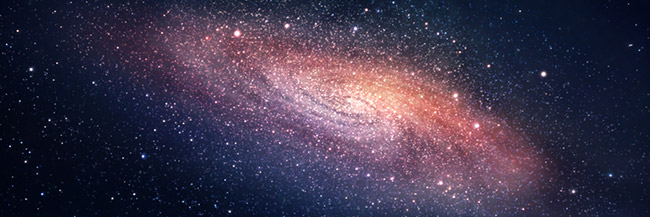The Spectacular Leonid Meteor Showers

Each time a comet comes close to the sun’s heat, frozen gases evaporate. This results to solid particles as small as grains of sand to be ejected, leaving a stream of floating debris, known as meteoroids. Meteoroids stay on a specific path following the comet’s trajectory. Meteor showers occur when meteoroids ignite as it comes in contact with the earth’s atmosphere. The ignition produces streaks of light and this light phenomenon is called a meteor.
Leonid Meteor Showers
The Leonids are debris left behind by the Tempel-Tuttle comet. Every year, around November time, the debris enter the earth’s atmosphere at a speed of 72 kilometers per second, resulting to a spectacular display of light known as the Leonid Meteor Showers. Meteor showers derive their name from the constellation where they are perceived to be coming from as viewed from the Earth. In Leonid’s case, its apparent point of origin or radiant is the constellation Leo, thus the name Leonid. Leonid meteor showers are predictable as to what time of the year it is usually active but the same cannot be said as to its intensity. They are well known for their extreme intensities and when at its peak, can be and have been among the most spectacular of all meteor showers. One of the most memorable Leonid meteor showers reported was the one that occurred in 1883. It was superlative in intensity that an estimated 100,000–200,000 meteors an hour were seen over North America. People who have observed it from the best locations actually thought that the world is ending. The 1883 event led to the first formulation of the origins of meteors and the radiant was established. In 1966, incredible tens of thousands of meteors fell in short intervals and were seen over central and western United States. It was said to rival the past shower of 1883 with meteors falling at a rate of 40 per second or 144,000 per hour.
The latest appearance of Leonid was November 2009 with meteors ranging from 300-400 per hour. The 2010 Leonid appearance will be roughly on the same time frame—November 13-20 with peaks from November 17-18.
Additional Resources
- Astronomy Calendar for 2010: Upcoming celestial events.
- NASA Leonid Multi-Instrument Aircraft Campaign: News, images and reports by a NASA team observing meteor storms such as the Leonids and Perseids.
- 2010 Meteor Showers and Viewing Tips: Upcoming meteor showers and tips to better viewing.
- Armagh Observatory in UK: Informational links on Leonids.
- SAO/NASA Astrophysics Data System: Harvard digital library for physics and astronomy.
- Lunar Leonids: Encounters of the moon with Leonid dust trails.
- Voyage through a Comet’s Trail: By Dr. Chris Riley from BBC Science on board NASA’s Leonid mission.
- Meteor Shower Infography: Contains various links on anything meteor including book sources.
- Dutch Meteor Society: Photo, video, visual and radio observation of meteors and meteor showers.
- Meteor Research: Links of professionally conducted meteor research.
- Meteor Showers Online: Resource for all meteor shower related topics.
